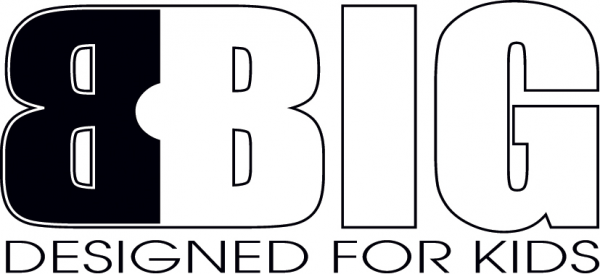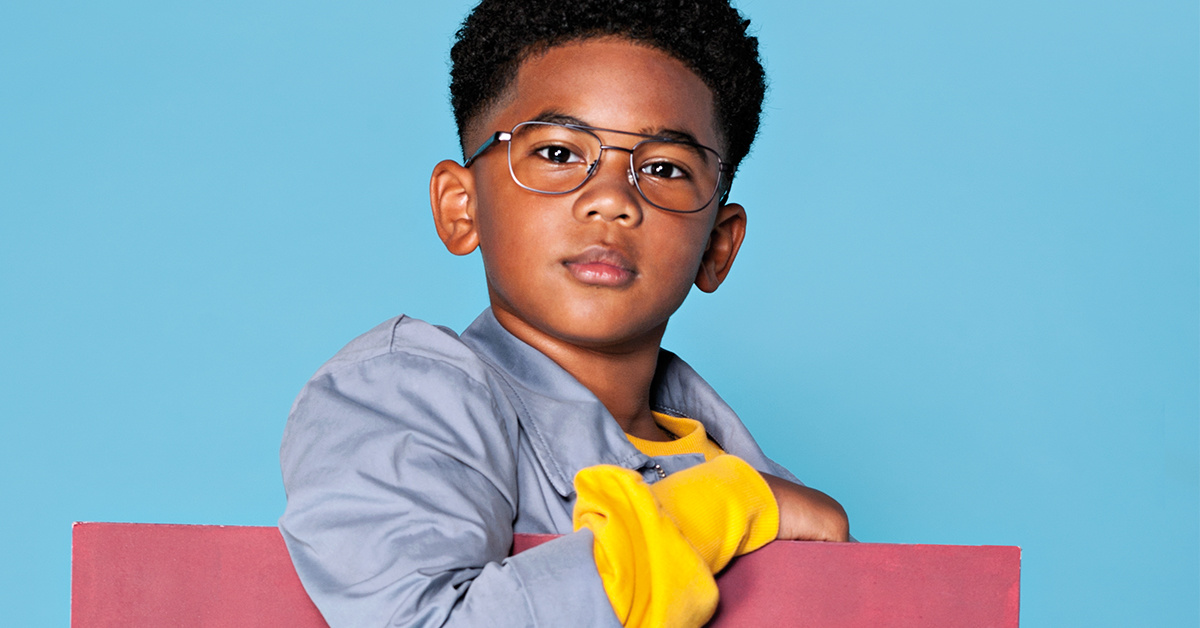How do I convince my child to wear glasses?
How do I convince my child to wear glasses?
As a parent, there is little more important than your child's health. This also includes the health of your eyes.
No need to convince, glasses are cool! - Eye tests
Even when your child is still a baby, the child health center will look at your child's eyes. Afterwards, the eyes are regularly examined during a visit to the consultation office. An eye test is performed from 3 years old. This is done by a vision screening. A second test takes place as standard between the ages of 3.5 and 4 years. Visits to the health center stop when your child is 4 years old. From that moment on it is up to the parents, caregivers and teachers to keep an eye on the development of the eyes.
How do I recognize that my child needs glasses?
The most common signs that indicate that your child may need glasses are:
- Behavioral changes at school/home, such as reduced concentration or difficulty with reading and/or writing.
- Sit closer to the television or hold a book closer to your face while reading.
- Having more than normal/average headaches.
- Having trouble following the information on the board at school.
If it turns out that your child can indeed not see well, an eye examination is necessary. Children up to and including 7 years old go to an orthoptist. Children from 8 go to the optician or eyewear store.
Eye disorders in children
The most common eye defects in children that require the wearing of glasses are:
- Myopia: This is also called nearsighted. You will not be able to see clearly from a distance. The glasses then have a minimum strength.
- Hyperopia: This is also called farsightedness. You can't see clearly close up. Your glasses then have a plus-strength.
- Astigmatism: This is also called a cylinder abnormality. The image is then distorted for both near and far. Your glasses then have a cylinder strength.
- Anisometropia: there is a big difference in strength between the two eyes. One eye then sees considerably more blurry than the other eye. The risk of a lazy eye is greater with this abnormality.
Get your child excited about the new glasses!
Now that an eye defect has been detected, the next step follows. Choosing the right glasses for your child. Not always an easy task. Most children are not thrilled at the prospect of wearing glasses. Below we give some tips to convince your child to wear glasses. Because wearing glasses is actually really cool and trendy! And quite normally, there are so many adults and children who wear glasses. Nowadays there are a lot of nice, beautiful and trendy frames. There is something for everyone!
- The first step actually starts before choosing glasses. It starts when an eye exam is going to take place. How you deal with this as a parent has a major effect on your child's response to this process. Keep it light, approach it positively. Explain to your child in advance what is going to happen, so that your child can prepare mentally for this. Name the steps, try one fun and special ”outing ”.
- You can also show examples of known/unknown people who wear glasses for the eye exam/selection of glasses. Maybe your child is a fan of a public figure who also wears glasses. Or read/read a book with your child on this theme. In these ways you can show that wearing glasses is actually a lot of fun and cool. Further in the article ready-made examples of well-known figures wearing glasses and suitable books are given.
- If your child is 8 years or older, the eye examination will take place at an optician/in a spectacle store. At BBIG we are specialized in children's glasses. Take a tour of the store before doing the research. Show your child some frames, emphasize how nice they look. This prepares your child for the possibility of wearing glasses.
- Involve your child in choosing glasses. He is ultimately the one who has to wear the glasses. That is why it is very important that your child supports the choice of the type of glasses and frame. If he does not like the glasses, there is a much greater chance that he will not want to wear them.
- It is very important that the new glasses are comfortable, do not feel uncomfortable and do not slip off the nose. For young children, a frame with a nose pad can be a great aid. The bridge of the nose is much more sensitive in children than in adults.
- Take the time to choose a frame. Compare different styles and models with each other. Leave the choice to your child. Ask for help from the professionals in the store.
- Try to avoid bribing your child for wearing glasses. This gives a negative charge to wearing glasses. And that is not necessary at all!
As mentioned earlier, naming and showing glasses-wearing role models can contribute to a positive view of wearing glasses. We have examined which examples you can use as a parent. In addition, we have compiled an extensive book list. Wearing glasses is central to these books.
With these tips, we are convinced that your child will also become enthusiastic about wearing glasses. Do not hesitate, ask the specialists at BBIG for help. We are ready to make your online and shopping experience as pleasant as possible!





